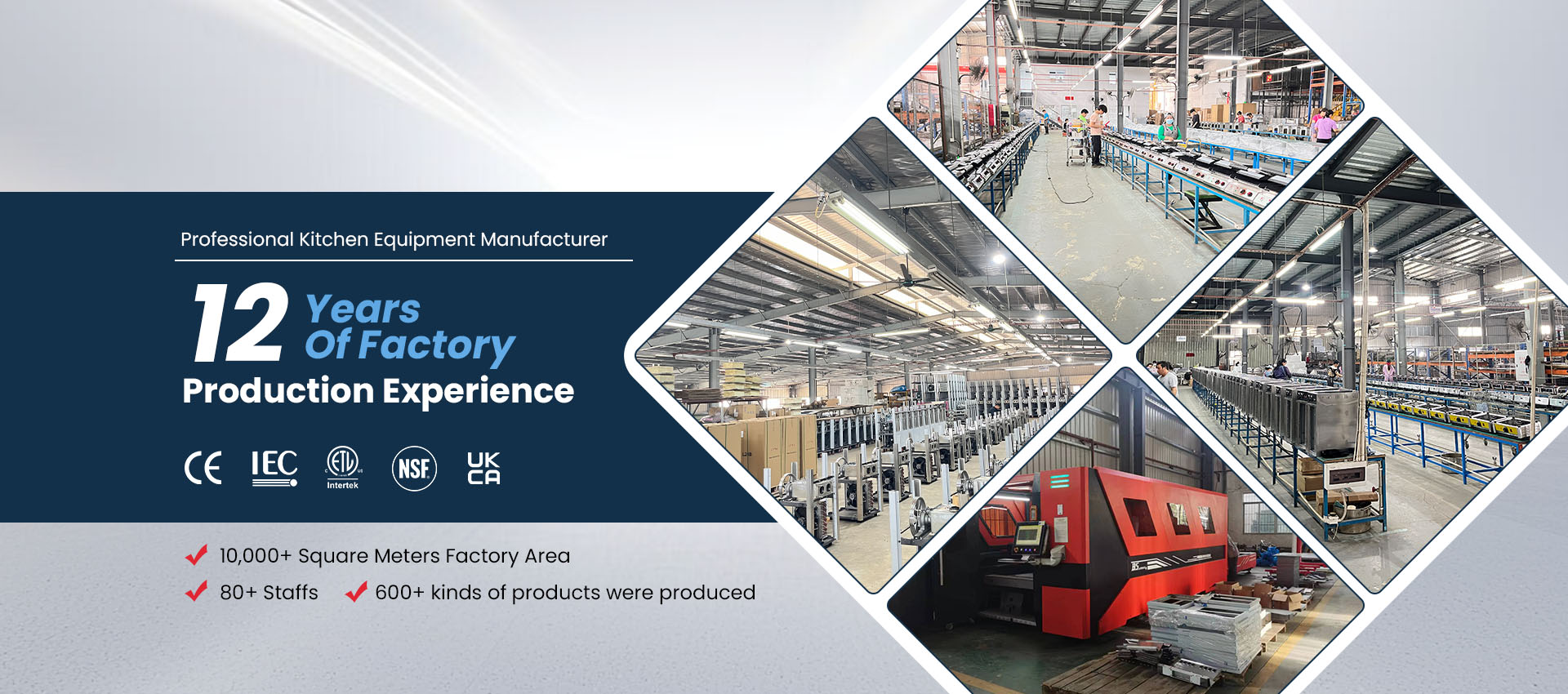Which Is Better Gas Grill Or Gas Griddle
Here’s a breakdown of gas grill vs Gas Griddle (flat-top grill) — what each does well, where they fall short — to help you decide which is better for you. What’s "better" depends a lot on what and how you cook, how much cleanup you mind, and what flavor/texture you prefer.
What They Are
Gas Grill: Uses grates (metal bars) over gas burners. Flames contact the food through the grates.
Gas Griddle / Flat-top Grill: Flat steel or cast surface heated from below; food cooks directly on the hot surface, no grates. Sometimes called a flat top or flattop grill.
Pros & Cons
Here are key advantages and disadvantages of each.
| Feature | Gas Grill | Gas Griddle (Flat-Top) |
|---|---|---|
| Flavor / Crust / Sear | Flame + open air can give good char, grill marks, that smoky/burnt edge flavor. Great for steaks, burgers, ribs. | More even heat contact—excellent crusts, caramelization (think steak tips, smash burgers). But you won’t get “open-flame grill marks” or the same smoky char from flame. |
| Versatility of Foods | Excellent for things suited to grilling: large cuts, kebabs, anything that benefits from flames, smoke, or searing with space. | Better for more kinds of cooking: delicate items (fish, vegetables), pancakes, eggs, smaller pieces that fall through grates, stir-fry style cooking. More like cooking on a skillet outdoors. |
| Heat Distribution / Control | Grates + burners can have hot spots; flame may be uneven; proximity to flame gives high peak temps. Good for searing, but less ideal for uniformly cooking many things at once. | Flat surface gives more even heat across cooking area; less hot/cold variance. Great for cooking multiple foods at once. |
| Cleanup & Maintenance | Need to clean grates, deal with flare-ups (grease dripping down), occasional scrubbing; regular maintenance of burners etc. | Flat surfaces are easier to scrape, clean; grease tends to stay on top and in grease troughs/traps; seasoning may be needed if using steel or cast griddle. |
| Preheat & Use Time | Grills can get very hot quickly; open flame means more energy loss; slower to even out heat across surfaces. | Griddles take time to come up to full, even temperature; but once hot, maintain consistent heat across surface; more forgiving for lower heat cooking. |
| Price / Complexity | Many models, accessories, sometimes more complex with added features (rotisserie, sear burners, etc.). | Simpler surfaces, but good griddles can cost; material (steel, cast, etc.) quality matters; may need seasoning. |
| Space & Use Case | Great if you like traditional BBQ, flames, char; good for larger, open-air outdoor cooking. | Better if you want more flexibility, cook many different items (breakfast, small food, casual outdoor cooking), or want a “pan-like” flat surface outdoors. Ideal for families, mixed cooking. |
When a Gas Grill Might Be Better
You might prefer a gas grill if:
You love that grilled flavor, flame-kissed crust, smoke.
You cook large meats, steaks, ribs, kebabs, things where grill marks matter.
You want faster high heat (for searing).
You don’t mind cleaning up drippings/flame flare ups.
When a Gas Griddle Might Be Better
You might prefer a gas griddle if:
You cook breakfast items (eggs, pancakes) or small/fragile foods.
You want versatility: one surface to do many different foods.
You dislike flare-ups or grease falling through grates.
Even cooking over a large flat area is important.
Easier cleanup is a priority.
Hybrid / Compromise Options
Grills with griddle inserts or flat tops you can swap in.
Combo units (grate + flat-top) that give you both surfaces.
Having both if you have space and budget.
What’s Better For You Depends On:
What you cook most often.
How much work you want for cleanup.
How precise you want your cooking (even heat vs flame).
How important grill marks or smoky flavor are.
Budget, outdoor space, and how many people you cook for.



